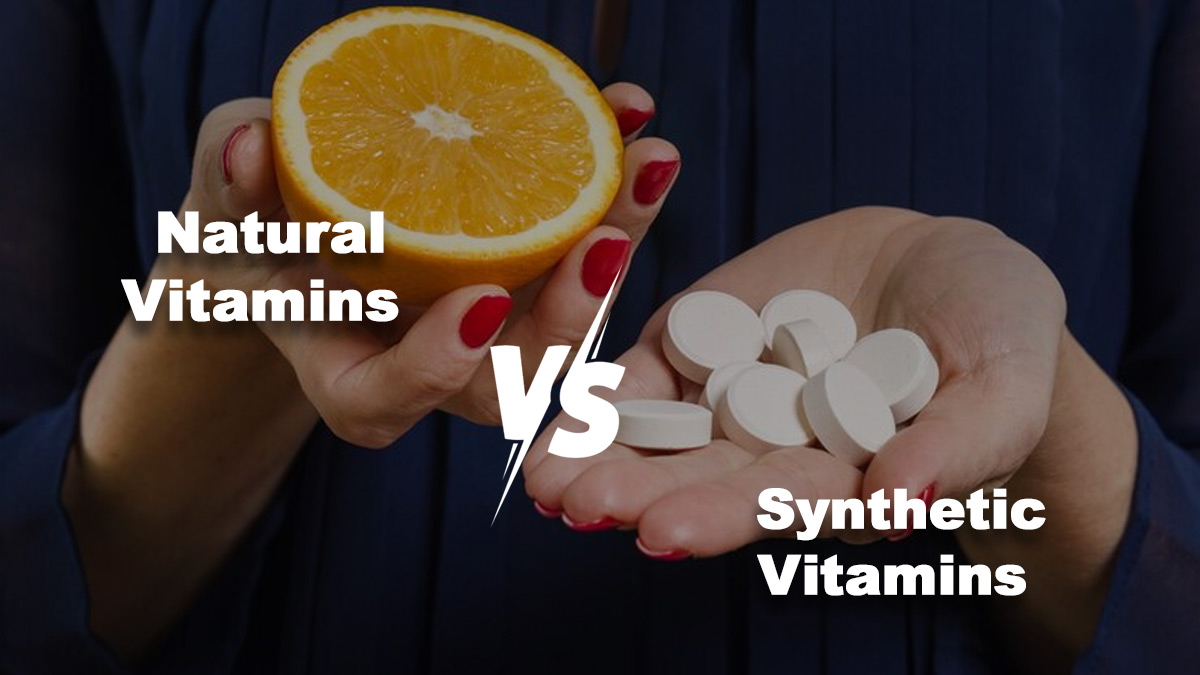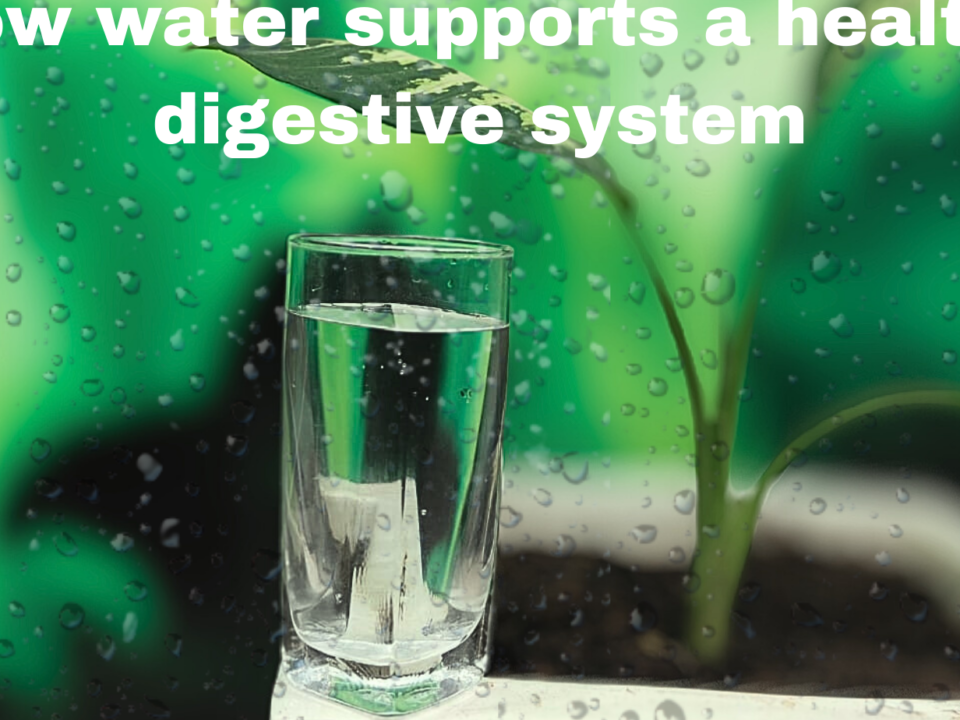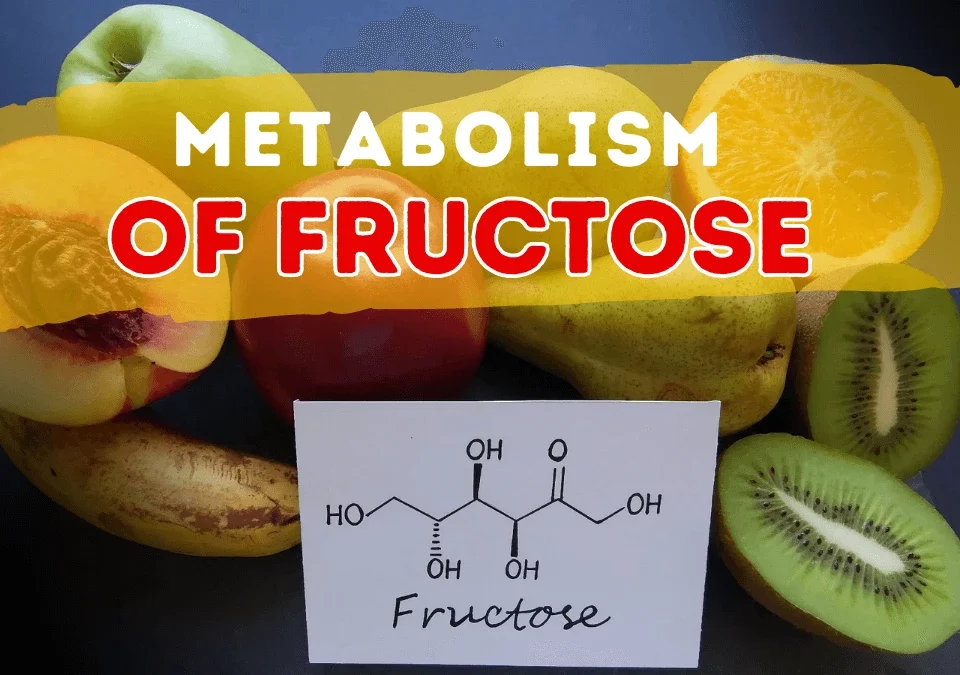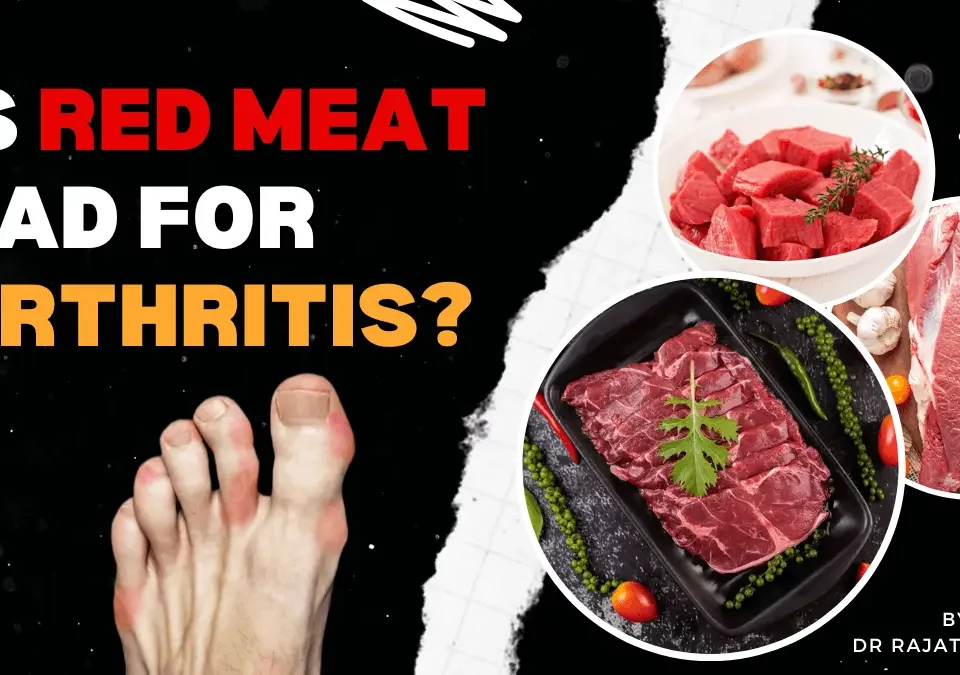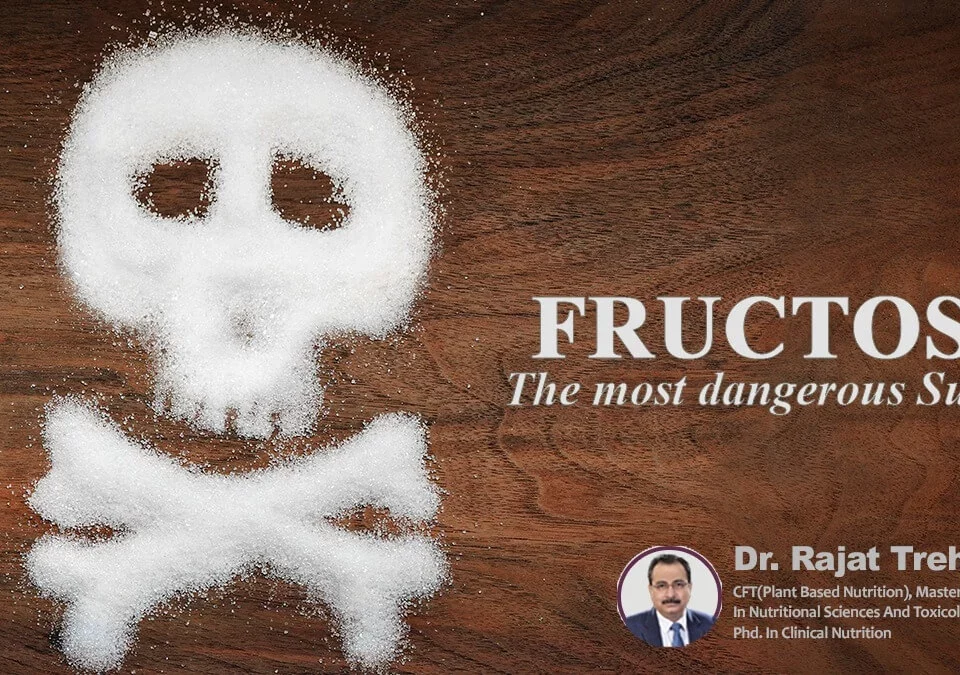Natural Vs Synthetic Vitamins

How to Make Cycling Easy and Comfortable in Summer?
July 30, 2022
Evaluating Protein Quality
August 13, 2022Natural Vs Synthetic Vitamins
The way these compounds are made is not remotely similar to the metabolic processes that plants and animals use to create them. The finished product is also usually a compound not exactly the same form as any found in nature. These synthetic vitamins, according to a multitude of studies, are not as bioavailable, absorbable, or usable. These “virtually identical” vitamins are not what we find in natural foods, not recognizable to the body hard on the kidneys, and can often be treated as toxins.
Natural Vitamin A: -
Vitamin A shows up in food as beta-carotene. The body must convert it into vitamin A to be useful. This sounds less effective, but vitamin A can be toxic in large doses. Beta-carotene allows the body to convert what it needs and discard what it does not as a natural safeguard against damage.
Synthetic Vitamin A: -
Synthetic vitamin A is retinyl palmitate or retinyl acetate. This synthetic is made by combining fish or palm oil with beta-ionone. Palm oil is leading to deforestation of rainforests and endangerment of orangutans. Beta-ionone is created using citrus, acetone and calcium oxide.
Natural Vitamin B1:-
Thiamine or vitamin B1 is a water-soluble vitamin created by plants and bound to phosphate. Digestion releases the thiamine using specialized enzymes that target phosphate.
Synthetic Vitamin B1:-
Thiamin Mononitrate or thiamine hydrochloride is made from coal tar, ammonia, acetone, and hydrochloric acid. It is much less absorbable since it isn't bound to phosphate. It is a crystalline in structure, unlike plant-based vitamins. Many synthetic vitamins are crystalline. Crystals in the bloodstream cause damage and mineral accumulation where it isn't needed like in joints.
Natural Vitamin B2:-
Riboflavin is easily absorbed, stays in the bloodstream for long periods of time, and is readily used by the body in many.
Synthetic Vitamin B2:-
Synthetic riboflavin is made with acetic acid and nitrogen or using genetically modified bacteria and fermentation. It has been shown to be less absorbable and then quickly removed from the bloodstream and expelled in urine as a toxin would be.
Natural Vitamin B3:-
Niacinamide or nicotinamide is what we find in food and is commonly called niacin. Niacin can have side effects, but these are minimal than when coming from plant foods.
Synthetic Vitamin B3:-
Nicotinic acid is created using coal tar, ammonia, acids,3-cyanopyridine and formaldehyde. It is less absorbable and has more risk of side effects
Natural Vitamin B5:-
Pantothenate is the natural version of this essential B vitamin.
Synthetic Vitamin B5:-
Pantothenic acid involves isobutyraldehyde and formaldehyde to form calcium or sodium salt. The alcohol derivative, panthenol is sometimes used as it is more stable and lasts longer on store shelves.
Natural Vitamin B6:-
Like B1, pyridoxine is bound with phosphate in plants to make pyridoxal-phosphate. This is the biologically active form. Any other form of B6 must be converted into this phosphate combination before our body can use it.
Synthetic Vitamin B6:-
Pyridoxine hydrochloride comes from petroleum ester, Hydrochloric acid, and formaldehyde. It isn't readily absorbed or converted and has been shown to actually inhibit the action of natural B6 in the body. It also has side effects not normally found with natural food sources of this vitamin.
Natural vitamin B7:-
Biotin is involved in cell growth, fat production, and metabolism.
Synthetic Vitamin B7:-
Synthetic B7 is produced using fumaric acid.
Natural Vitamin B9:-
This B vitamin exists in food as folate and is very important in the creation and repair of DNA, thus the vital importance of this vitamin before and during pregnancy.
Synthetic Vitamin B9:-
Folic acid doesn't exist in natural foods, is crystalline, and is not easily absorbed despite the large amounts that are added to vitamins and supplements. It comes from petroleum derivatives, acids, and acetylene.
Synthetic Vitamin B12:-
Cobalt and cyanide are fermented to make cyanocobalamin. That's correct. Cyanide. It is in minuscule amounts, but it is still cyanide.
Natural Choline: -
Choline is often grouped with B vitamins. It is combined with phosphate in nature and is important in cell membranes and keeping fat in check.
Synthetic Choline: -
Choline chloride or chloride bitartrate is made using ethylene, ammonia, and hydrochloric acid or tartaric acid. It is not bound to phosphate.
Natural Vitamin C: -
This vitamin is readily available in citrus, red bell peppers, berries, and many more fruits and vegetables. In nature, it is combined with flavonoids and phytonutrients that help in its absorption and use.
Synthetic vitamin C: -
Ascorbic acid is an isolated vitamin from genetically modified corn sugar that is hydrogenated and processed with acetone. It does not include the flavonoids and phytonutrients that make it work.
Synthetic vitamin D: -
To mimic the natural production we find in our skin, scientists irradiate animal fat to stimulate vitamin D3 synthesis. They usually use lanolin, the waxy secretions from sheep skin that keeps wool dry.

